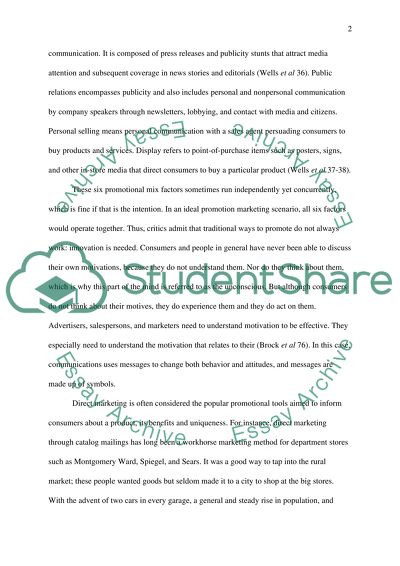Cite this document
(“Promoting products Essay Example | Topics and Well Written Essays - 1250 words”, n.d.)
Promoting products Essay Example | Topics and Well Written Essays - 1250 words. Retrieved from https://studentshare.org/marketing/1504861-promoting-products
Promoting products Essay Example | Topics and Well Written Essays - 1250 words. Retrieved from https://studentshare.org/marketing/1504861-promoting-products
(Promoting Products Essay Example | Topics and Well Written Essays - 1250 Words)
Promoting Products Essay Example | Topics and Well Written Essays - 1250 Words. https://studentshare.org/marketing/1504861-promoting-products.
Promoting Products Essay Example | Topics and Well Written Essays - 1250 Words. https://studentshare.org/marketing/1504861-promoting-products.
“Promoting Products Essay Example | Topics and Well Written Essays - 1250 Words”, n.d. https://studentshare.org/marketing/1504861-promoting-products.


